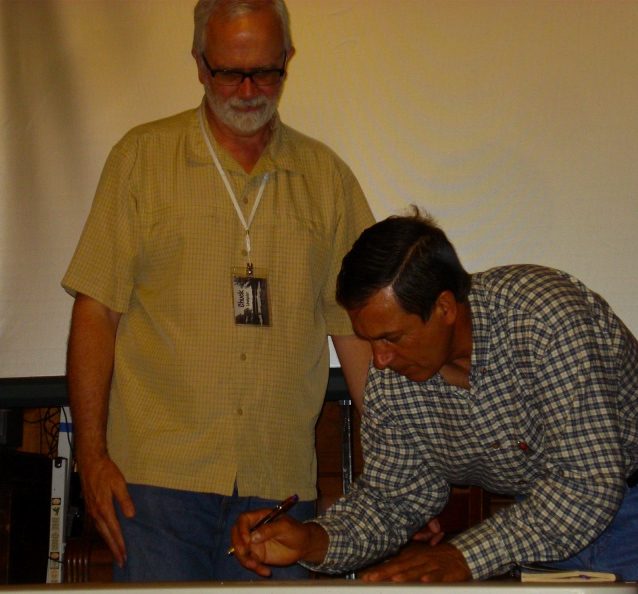One hundred years ago this summer – in June of 1910 – more than 1200 mission leaders from around the world gathered in Edinburgh to evaluate the progress of world missions and to chart their way into the future.
The gathering, however, was not precisely “from around the world.” The wide majority of participants represented North America and Europe. A bare handful – fewer than 20 in all – represented the Christian world beyond the west. There were no Africans among them. There were no Latin Americans.
Latin America itself, in fact, was “removed from the table” before the first delegates arrived. The event’s organizers were keen to involve the Church of England. But the Church of England would not participate if Catholics or Anglicans – or even other Protestants – were a part of the evangelistic agenda. In the end, the conference treated Latin America only in passing. The call of Edinburgh was “the evangelization of the world in our generation.” But “the world” was reduced in scope, largely for political sensitivities.
A few years later another gathering was convened in the spirit of Edinburgh – now with Latin America squarely on the table. This was the “Congress on Christian Work in Latin America,” held in Panama City in February of 1916. In the years and decades to follow, a number of missionary agencies discerned in Latin America a strategic focus for their ministries. This is how the World Mission Prayer League came to focus on Latin America in its early years, too. “Why are we going to South America?,” our Newsletter queried in December of 1937. “Because South America is one of the most needy and neglected fields in the world today,” the Newsletter answered earnestly. And our first Prayer League missionaries were soon on their way to Bolivia.
That was then.
Today, the church is growing from the Rio Grande to Tierra del Fuego – and Bolivia sends more missionaries than it receives. Much has changed since 1910! Today, believing communities across the continent are finding their own way into the worldwide mission of God.
COMIBAM is an international association that brings the Latin American missionary community together. More than 10,000 Latin American missionaries are at work around the world, by estimate of COMIBAM. They are serving in nearly 500 indigenous Latin American agencies. Approximately 15% of their number is estimated to be at work in the “ten-forty” window – among the least-reached and least-accessible peoples of the world. The motto of COMIBAM summarizes this movement perfectly: “De campo misionero a fuerza misionera” – “From mission field to a missionary force!”
In June we marked the formal passage of a World Mission Prayer League associated “field” – to a force in common Kingdom service.
“Peace of God” Lutheran Church was founded some 25 years ago in Cuenca, in southern Ecuador. Once upon a time, the congregation was pastored by missionaries. (I served as its pastor for a while myself!) Today the congregation is led by Ecuadorians entirely. It is calling and supporting its own pastors. The congregation has begun as well to recruit, train, call and support its own missionaries. Pictured here is Pastor Santiago Gomezcoello, currently serving “Peace of God” – signing a memorandum of “mutual collaboration in the Kingdom of God.” The document describes the service of a “Peace of God” missionary who hopes to join a Prayer League hospital project in Central Asia.

This is the sort of world that surrounds us today. It is a world with very many unreached peoples – approximately one third of the world’s population, in fact. But it is also a world, for the first time in history, with a truly global Christian church. It is our common church: the church of Africa, Asia, and Latin America, as well as western lands. It is filled with our sisters and brothers. And as never before in history, the world church is a world force in the wonderful mission of God.